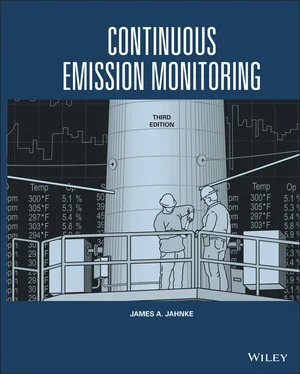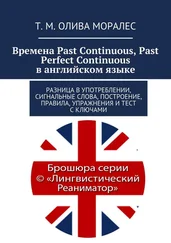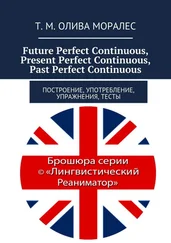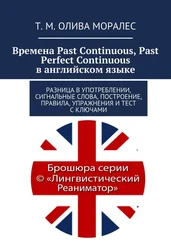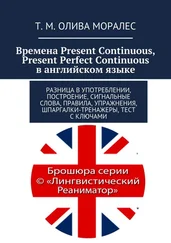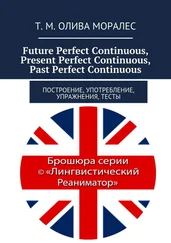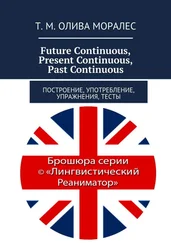James A. Jahnke - Continuous Emission Monitoring
Здесь есть возможность читать онлайн «James A. Jahnke - Continuous Emission Monitoring» — ознакомительный отрывок электронной книги совершенно бесплатно, а после прочтения отрывка купить полную версию. В некоторых случаях можно слушать аудио, скачать через торрент в формате fb2 и присутствует краткое содержание. Жанр: unrecognised, на английском языке. Описание произведения, (предисловие) а так же отзывы посетителей доступны на портале библиотеки ЛибКат.
- Название:Continuous Emission Monitoring
- Автор:
- Жанр:
- Год:неизвестен
- ISBN:нет данных
- Рейтинг книги:4 / 5. Голосов: 1
-
Избранное:Добавить в избранное
- Отзывы:
-
Ваша оценка:
- 80
- 1
- 2
- 3
- 4
- 5
Continuous Emission Monitoring: краткое содержание, описание и аннотация
Предлагаем к чтению аннотацию, описание, краткое содержание или предисловие (зависит от того, что написал сам автор книги «Continuous Emission Monitoring»). Если вы не нашли необходимую информацию о книге — напишите в комментариях, мы постараемся отыскать её.
The new edition of the only single-volume reference on both the regulatory and technical aspects of U.S. and international continuous emission monitoring (CEM) systems Continuous Emission Monitoring
Continuous Emission Monitoring:
Continuous Emission Monitoring, Third Edition
Continuous Emission Monitoring — читать онлайн ознакомительный отрывок
Ниже представлен текст книги, разбитый по страницам. Система сохранения места последней прочитанной страницы, позволяет с удобством читать онлайн бесплатно книгу «Continuous Emission Monitoring», без необходимости каждый раз заново искать на чём Вы остановились. Поставьте закладку, и сможете в любой момент перейти на страницу, на которой закончили чтение.
Интервал:
Закладка:
For reactive gases, calibration system problems are often blamed for the quality of the calibration gases. However, problems are more often due to the lack of consistent procedures used to deliver the calibration gas to the monitoring system. It is recommended that for reactive gases the regulator first be flushed with nitrogen for a half hour, installed on the cylinder, and then purged with the calibration gas. The regulator should remain on the cylinder and should be back‐purged when it is removed to exchange cylinders. Recommendations provided by Marshak (2015) are as follows:
Use new regulators – leave on the cylinder all the time.
Purge for 30 minutes prior to installing on cylinder.
Pressure purge with the cylinder gas 10 times.
Gas vendors are not always helpful on these issues, assuming that their purpose is to ensure the quality of calibration gases and not their usage.
Moisture Removal Methods
Moisture is usually removed before the hot flue gas enters a sample pump because water vapor and acid gases can easily condense in an unheated pump and corrode the interior. Cooling beyond the dew point (the temperature at which air is saturated with moisture) will cause moisture to condense, and many of moisture removal systems are designed to reduce the sample temperature below the dew point. Thermoelectric and compressor‐operated gas coolers are most commonly used for this purpose in extractive systems. Coolers should be correctly sized for the sample gas flow rates and stack‐gas moisture content; also, coolers must remove condensed water rapidly from the gas stream to minimize contact with dried gas.
Thermoelectric Coolers.
Hot flue gases can be cooled in thermoelectric Peltier coolers, which take advantage of the Peltier effect to chill the sample gas. The Peltier effect occurs when two dissimilar metals or semiconductors are joined in a loop and a voltage source generates a current through the loop. Because of the differing electron distributions in the dissimilar materials, a small voltage difference exits across their junction. The junction will heat up where the voltage difference opposes the voltage difference of the battery. At the other junction, thermal energy is absorbed from the surroundings and converted into electrical energy to balance the electron flow. This absorption, of course, reduces the temperature of the surroundings.
Semiconductor thermoelectric Peltier coolers are used in many commercial sample conditioning systems. Typically, impingers (laminar flow heat exchangers ( Figure 3‐10)) are enclosed by a heat transfer block, which is contacted and cooled by a Peltier plate (Baldwin 1995). Radiator fins and a cooling fan dissipate heat from the hot side of the Peltier element.
In the impinger, the flue gas flows through the central tube, which is surrounded by a vacuum jacket. The flue gas remains above the dew point until it reaches the bottom where it is cooled rapidly. Water vapor condenses and is removed at the bottom of the impinger by typically using a peristaltic pump. The gas is cooled further by the cool impinger wall as it moves up to the impinger outlet. In a unique feature of the design, the gas is reheated by the unjacketed part of the central tube before exiting to the analyzer.
The effectiveness of this type of cooler is dependent upon the surface area and length of the impinger, gas flow rate, materials of construction, temperature of the ambient air, and the cold side temperature. The sizing of a Peltier cooler/impinger condensation system is dependent upon the demands of the total sampling system, so care must be taken in their proper application. The chillers normally operate to output a gas having a dew point of 4 °C (0.5% moisture concentration), but subzero coolers are available down to −25 °C to reduce the residual moisture concentration and to prevent the formation of acid gases such as SO 3.
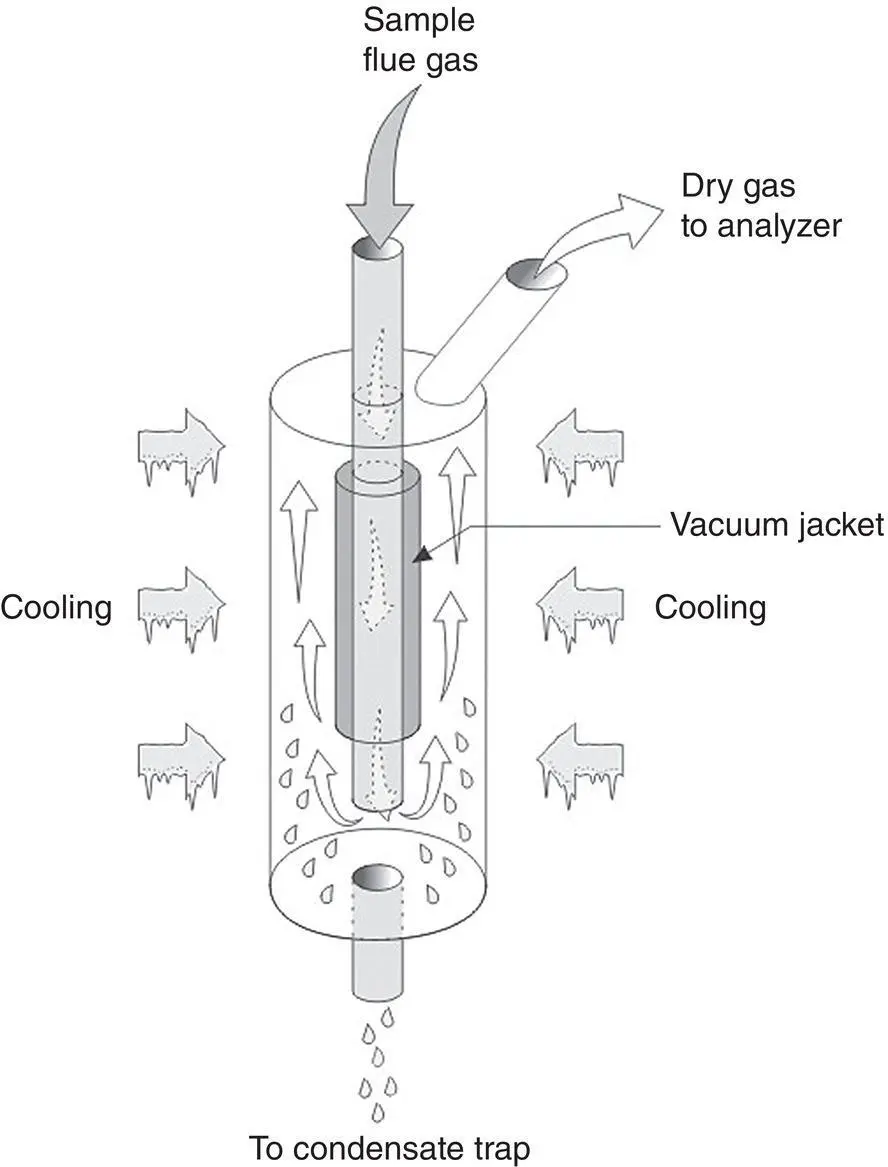
Figure 3‐10 Impinger (laminar heat exchanger) used with a Peltier cooling system.
Compressor Gas Coolers.
Another approach to moisture removal is to use a compressor‐run refrigerator to cool the gas. Either laminar‐flow heat exchangers such as that shown in Figure 3‐10or coils of Teflon, glass, or Kynar such as that shown in Figure 3‐11are cooled by the refrigeration system. The condenser can be immersed in a liquid such as an antifreeze solution or water to facilitate better heat exchange. To avoid freezing condensate in the coil or impinger, temperature is typically not allowed to decrease to below 3 or 4 °C. Condensed water vapor is again continuously removed using a peristaltic pump. If condensate is removed only periodically or manually, failure to perform this operation may cause the trap to fill and overflow into the sample line. Most systems will incorporate a thermal conductivity detector or other means to detect or prevent moisture breakthrough into the sample line and analyzer.
Another condenser can be added to further reduce the water content, but a more efficient technique is to place the sample pump after the first coil and transport the gas from the chiller, under pressure, to a second chiller as shown in Figure 3‐11. A gas under pressure will condense more readily than a gas under vacuum. Since it is more difficult for water molecules to escape the liquid surface to vaporize when the gas is under pressure, this pressurization will, in effect, reduce the moisture content to a level lower than the content under atmospheric pressure.

Figure 3‐11 Refrigerated condenser moisture removal system with a secondary chiller under positive pressure.
In refrigerator systems, Freon sometimes escapes, pumps wear out, or algae start growing in the liquid. Another cooling option of using vortex coolers avoids these problems by using a counterflow of high‐pressure plant air to cool the sample gas. However, the power requirements necessary to generate the high flow rates of air needed may be excessive in some applications.
NafionTM Dryers.
Another method of removing water vapor from a flue gas sample is to use a material called “Nafion ™.” Nafion ™is a copolymer of tetrafluoroethylene‐perfluoro 3, 6‐dioxa‐4‐methyl‐7‐octene sulfonic acid (Permapure 2019). The sulfonic acid group of the copolymer has high water‐of‐hydration, absorbing up to 13 molecules of water. Water vapor will transfer across the material by absorption as water‐of‐hydration if the partial pressure of the water vapor is different on each side of the membrane. Water molecules are initially bound on the material surface. However, unhydrated sulfonic acid groups deeper in the Nafion ™membrane will have higher affinity for water molecules and will absorb them and in turn pass them onto other unhydrated sulfonic acid groups, causing them to migrate into and through the membrane.
A typical dryer uses a bundle of Nafion ™tubes as shown in Figure 3‐12. In this dryer assembly, the wet sample gas enters the tubes and the dry purge gas flows in the opposite direction on the outside of the tubes to sweep the transferred water molecules away from the membrane. The driving force in this exchange can also be provided by either evacuating the shell side of the dryer or by back‐purging with dry gas taken from the tube exit. The dryer requires that the flue gas sampled be held above the dew point upon entering the dryer. The drying efficiency increases with the length of the tubes and is also dependent upon the sample inlet and purge gas pressures. Capacity can be increased by increasing the number of tubes in the bundle. In contrast to gas coolers, having an exit moisture content of 0.5%, gas exiting a Nafion ™drier is significantly lower, at 0.05% H 2O, corresponding to a dew point of −22 °C (Geary and Sinada 2018). When using a gas analyzer where water vapor interferes in the measurement, a Nafion ™dryer, or a Nafion ™dryer following a gas cooler, may help to minimize the interference.
Читать дальшеИнтервал:
Закладка:
Похожие книги на «Continuous Emission Monitoring»
Представляем Вашему вниманию похожие книги на «Continuous Emission Monitoring» списком для выбора. Мы отобрали схожую по названию и смыслу литературу в надежде предоставить читателям больше вариантов отыскать новые, интересные, ещё непрочитанные произведения.
Обсуждение, отзывы о книге «Continuous Emission Monitoring» и просто собственные мнения читателей. Оставьте ваши комментарии, напишите, что Вы думаете о произведении, его смысле или главных героях. Укажите что конкретно понравилось, а что нет, и почему Вы так считаете.
